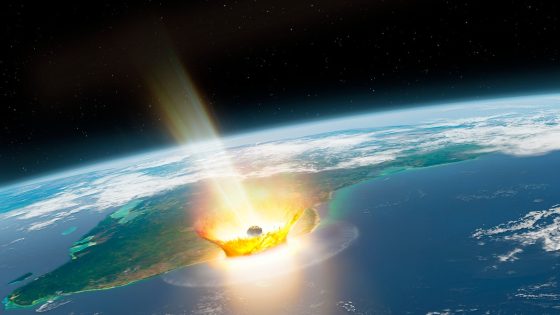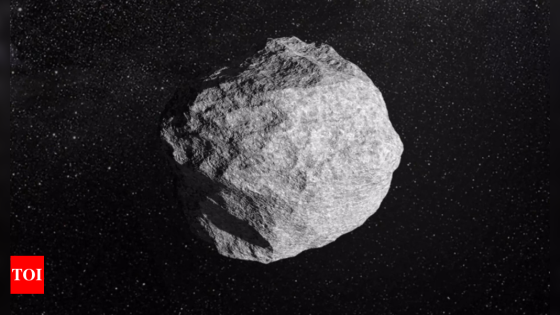Antarctica’s icy expanse hides a treasure trove of meteorites, but many are slipping out of reach. How can scientists recover these elusive space rocks? A recent study reveals a clever method using just a lamp, a freezer, and a block of ice, offering new hope in the search for these cosmic remnants.
- Antarctica has many hidden meteorites.
- Iron meteorites are rare in Antarctica.
- Iron meteorites absorb sunlight and sink.
- Researchers used simple tools for experiments.
- Findings suggest buried iron meteorites exist.
- Study aids understanding of planetary formation.
How Scientists Are Uncovering Antarctica’s Hidden Meteorites
Have you ever wondered why some meteorites are harder to find than others? In Antarctica, the odds of discovering iron meteorites are alarmingly low. Researchers have developed a method to investigate this mystery, potentially revealing a hidden layer of valuable iron meteorites beneath the ice.
New Method Reveals Insights into Meteorite Recovery
Scientists have devised an innovative experiment to explore the sinking phenomenon of meteorites in Antarctic ice. They hypothesized that iron meteorites absorb sunlight, causing them to melt the ice beneath them and sink deeper. This idea was tested with real meteorites, leading to fascinating results.
- Iron meteorites sink faster than stony meteorites.
- Sunlight absorption plays a key role in their descent.
- Hidden layers of meteorites may exist just below the ice surface.
- This research could reshape our understanding of planetary cores.
Understanding the Importance of Iron Meteorites
Iron meteorites are not just rare; they hold crucial information about how planets form. They are remnants of celestial bodies that began the process of forming iron cores. By studying these meteorites, scientists can gain insights into the early solar system and the formation of Earth.
Antarctica: A Unique Meteorite Hunting Ground
Antarctica’s environment is unlike any other when it comes to meteorite recovery. The cold climate preserves meteorites, but the unique conditions also mean that certain types, like iron meteorites, are harder to find. Understanding these dynamics is essential for future explorations.
The Future of Meteorite Research
This innovative research opens new doors for meteorite hunters. As scientists refine their techniques, they may uncover hidden treasures beneath the Antarctic ice. What other secrets might lie waiting to be discovered in this frozen landscape?

































